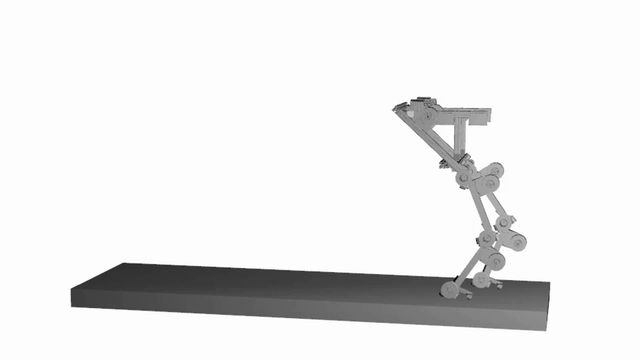This is a personal/academic webpage of Wojciech Turlej. I am a Ph.D. student at AGH University of Science and Technology. My research interests span the areas of autonomous driving, optimization-based trajectory generation, humanoid robots, and reinforcement learning.
On this webpage you’ll be able to find materials regarding my courses (so far only Control Theory) as well as a selection of materials and mini-courses regarding my research interests.
Courses
Control theory
Publications
Werner, A., Turlej, W., & Ott, C. (2017). Generation of locomotion trajectories for series elastic and viscoelastic bipedal robots. In 2017 IEEE/RSJ International Conference on Intelligent Robots and Systems (IROS) (pp. 5853–5860).
Or\lowski, M., Wrona, T., Pankiewicz, N., & Turlej, W. (2020). Safe and Goal-Based Highway Maneuver Planning with Reinforcement Learning. In Advanced, Contemporary Control (pp. 1261–1274). Springer.
Turlej, W., & Pankiewicz, N. (2021). Adversarial Trajectories Generation for Automotive Applications. In 2021 25th International Conference on Methods and Models in Automation and Robotics (MMAR) (pp. 115–120).
Pankiewicz, N., Turlej, W., Orłowski, M., & Wrona, T. (2021). Highway Pilot Training from Demonstration. In 2021 25th International Conference on Methods and Models in Automation and Robotics (MMAR) (pp. 109–114).
Pankiewicz, N., Wrona, T., Turlej, W., & Orłowski, M. (2021). Promises and Challenges of Reinforcement Learning Applications in Motion Planning of Automated Vehicles. In International Conference on Artificial Intelligence and Soft Computing (pp. 318–329).
Turlej, W., Orlowski, M., Wrona, T., & Pankiewicz, N.. (2021). Method and System for Planning the Motion of a Vehicle. US Patent App. 17/200,575
Older projects
Trajectory generation for compliant bipedal robots

Novel trajectory generation method for compliant bipedal robots. The method allows to generate and optimize a motion that fulfills a given task with minimum heuristics or manual adjustments. The resulting trajectories utilize the elastic structure of the robot to perform very dynamic, energy-effective motions.
On the animation – example of produced motion for backflip task. The initial small jump was found by the method autonomously and allows to inject additional energy to the system in order to perform sufficient jump.
Project carried out in the German Aerospace Center (DLR) under Alexander Werner’s supervision.
Neuroevolutionary control of bipedal robots

A novel approach for control of mechanical systems, in particular bionic robots, including bipedal robots. Presented methodology simplifies the process of creating and optimizing control systems – controller based on neural networks and finite state machines is automatically optimized by evolutionary algorithms.
The described approach allows obtaining dynamically stable gait cycles on underactuated robots. The resulting controller actively stabilizes the system in presence of external disturbances. Optimal controllers for bipedal robots of various sizes and masses are derived without any external guidance.